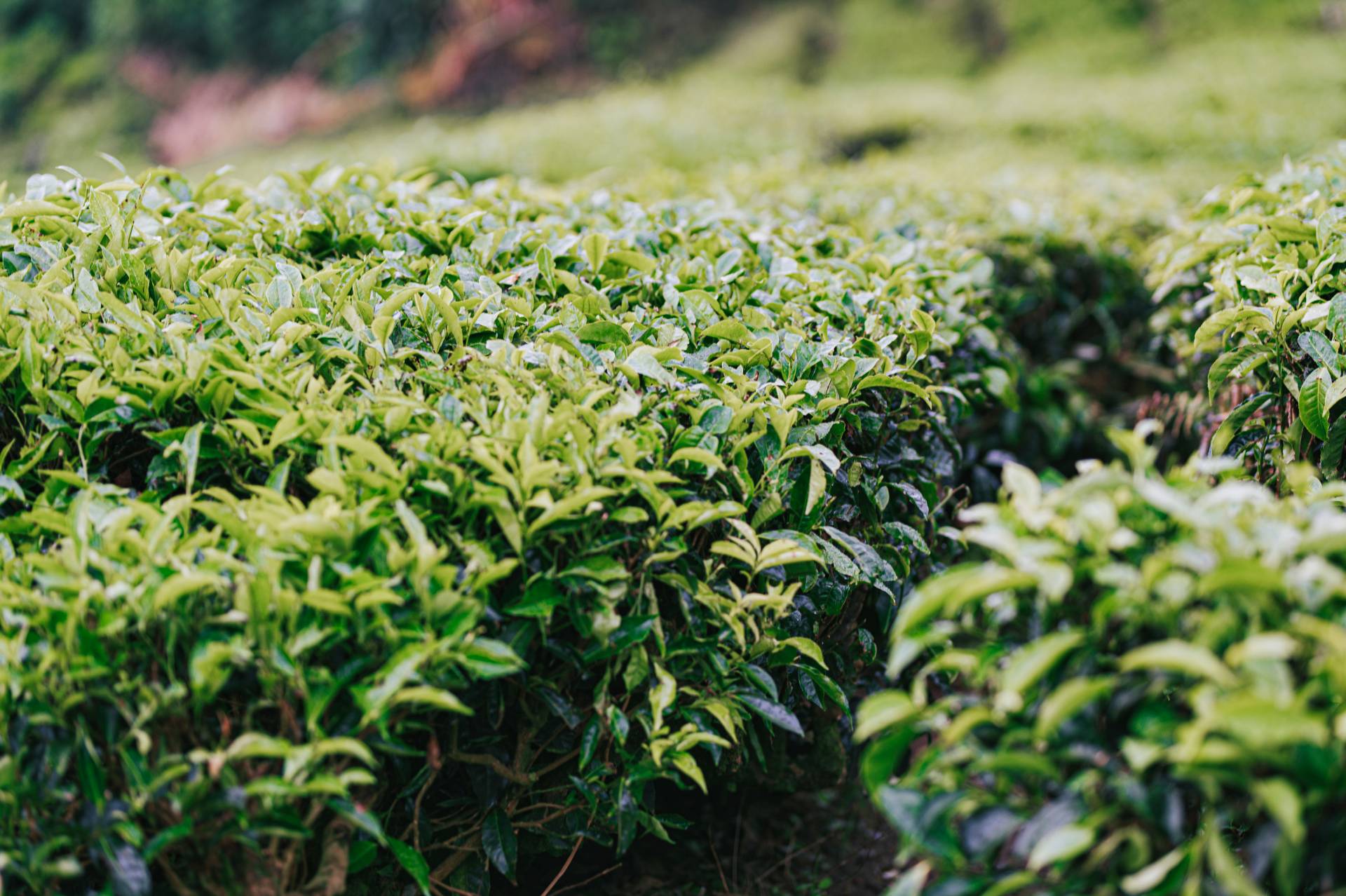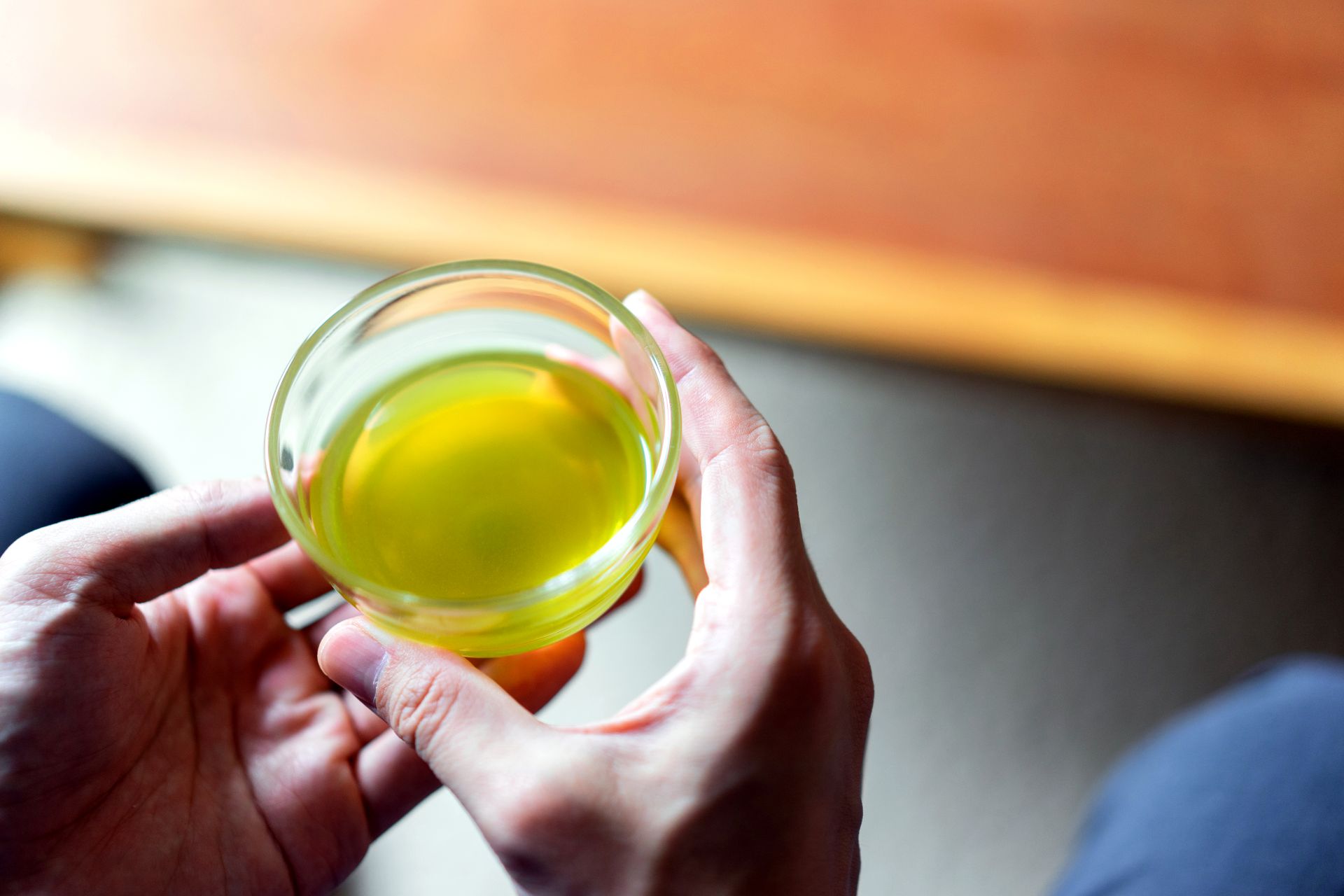Ever find green tea too grassy and bitter? That’s not the tea’s fault. You’ve just had your green tea prepared the wrong way.
Most teas will benefit from a little more care than simply chucking a bag in a mug and pouring boiling water over it. This is especially true of green tea. Once tea made its way to the West, the rituals surrounding it became more to do with what it was served with, rather than how it was made. But there’s a reason tea-making rituals are so revered in Japan and other Eastern countries.
When prepared correctly, green tea will never taste grassy and bitter. Here’s how to prepare green tea at home in the right way.
You will need:
- Green tea leaves. Loose leaves are always better, but we’d recommend sticking with this method even if you’re using green tea bags.
- Teacup or teapot, depending on how much green tea you want to make. If you make green tea often, it may be worthwhile buying a separate pot for it, in order not to prevent flavour contamination from other teas.
- Water. Using water that hasn’t been boiled will make a huge difference. In other words, empty your kettle of leftover water before filling it. Filtered water is also better.
- Strainer or tea infuser. Something to strain or sieve your tea through is generally better, although you can always scoop the bulk of them out with a fork if you don’t have anything suitable. A couple of small leaves floating around isn’t the end of the world.
Optional items include a thermometer, if you want to get really precise about temperatures, and, of course, sweetener. Sugar, honey, or even maple syrup all work great.
Step-by-step method:
Step one – Heat the water
Unlike some other teas, green tea leaves will become bitter if steeped in boiling water. Turn off your kettle before it finishes boiling or allow it to cool for about a minute before steeping the leaves. Ideally, the water should be about 80–85°C (175–185°F).
Step two – Steep the tea leaves
Pour the hot water into your teacup or teapot and allow it to steep for 3–5 minutes. If you’re using a type of green tea that you’re unfamiliar with, you can taste it after 3 minutes and intervals of 30 seconds thereafter until the flavour is to your liking.
Step three – Strain the tea
Now, remove the green tea leaves from the liquid. This step is easiest when using a tea ball or infuser – simply pull it out. Otherwise, pour the tea into your cup through a tea strainer.
Step four – Flavour the tea
If you like your green tea sweet, stir in your preferred sweetener now. You can also add other ingredients, such as spices or fruit, to give your green tea different flavours. Scroll down for more interesting flavour ideas.
Tips and tricks
If you’re looking to add a bit more depth to your green tea, then why not experiment by adding some extra flavour of your own? Here are a few ideas to get those creative juices flowing:
- Fruits. Dried fruit flavours go really well with green tea. Try dried citrus peel, mango, peach, pineapple, or berries for starters. You can even stir in jam as a sweetener and fruit flavour additive all in one. Sure, it sounds weird, but it works.
- Flowers. Those edible flower petals you’ve heard about? They’re made for stuff like this. Jasmine, rose and lavender work well.
- Herbs. Mint and lemongrass make a delicious addition to green tea, but there’s no shortage of herbs you can use. You may not have given it much thought, but pretty much any herb can be infused in hot water to make a tea of its own. Fancy a basil green tea? Go for it.
- Spices. Cinnamon or ginger work particularly well. Whatever you go with, however, be sure to use whole spices and not ground spice powders. The former can be easily removed once the flavour has infused. The latter will result in floating spice crumbs and an acrid taste.
- Essential oils. Most of the above suggestions are also available in the form of essential oils, so feel free to use those instead.
So enjoy celebrating National Tea Day on 21 April (and beyond) with a hot cup of the green stuff.












